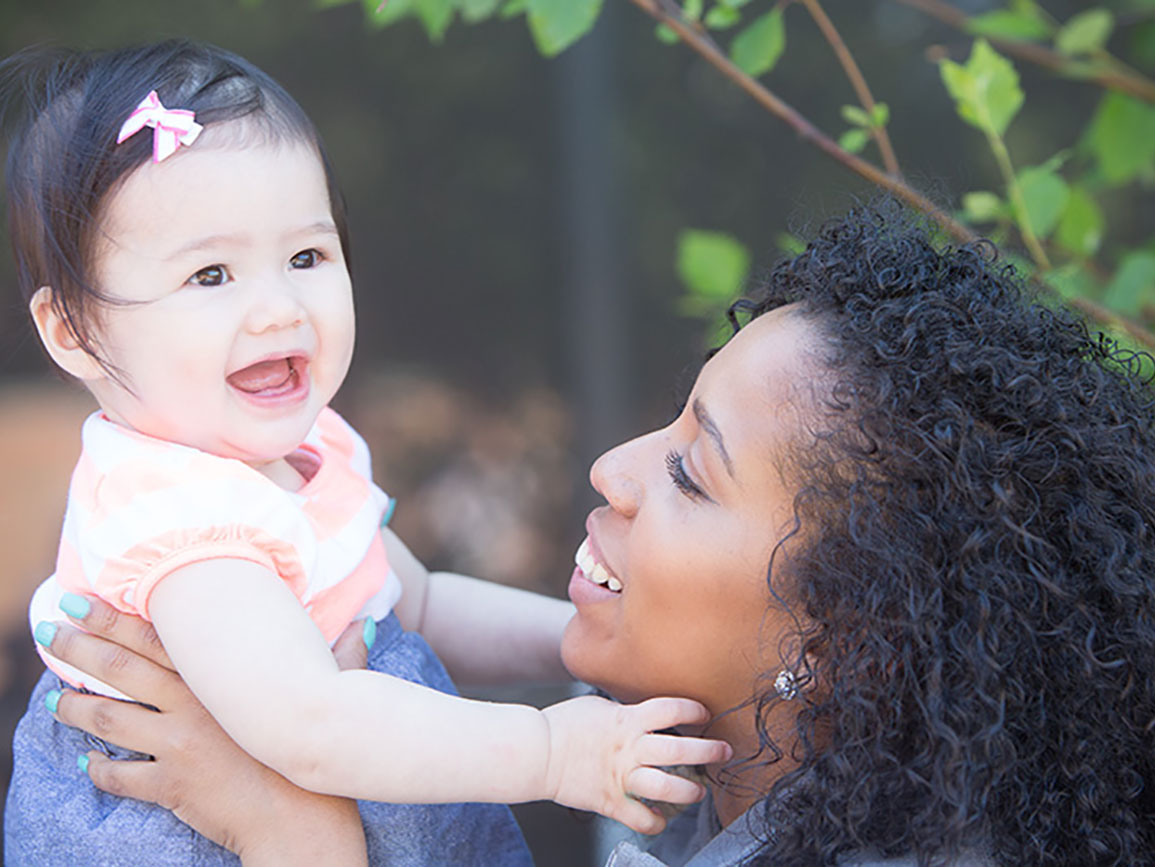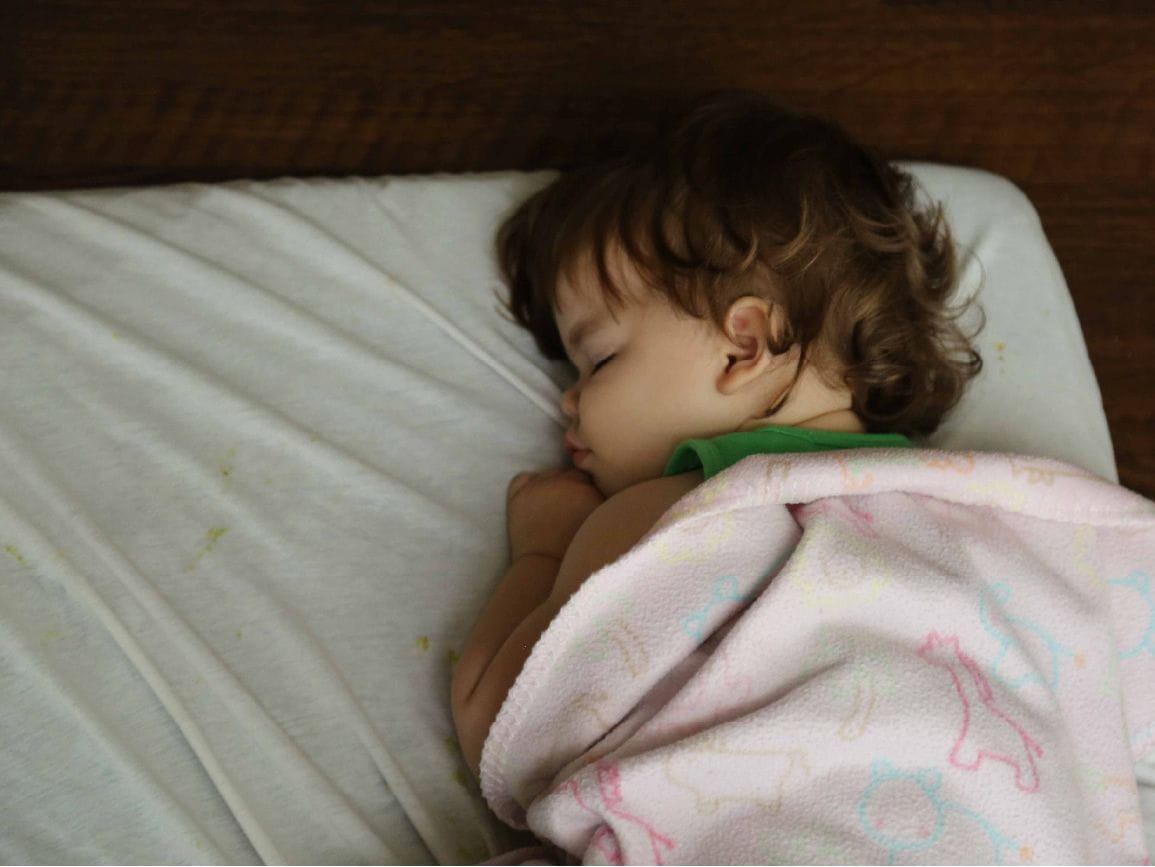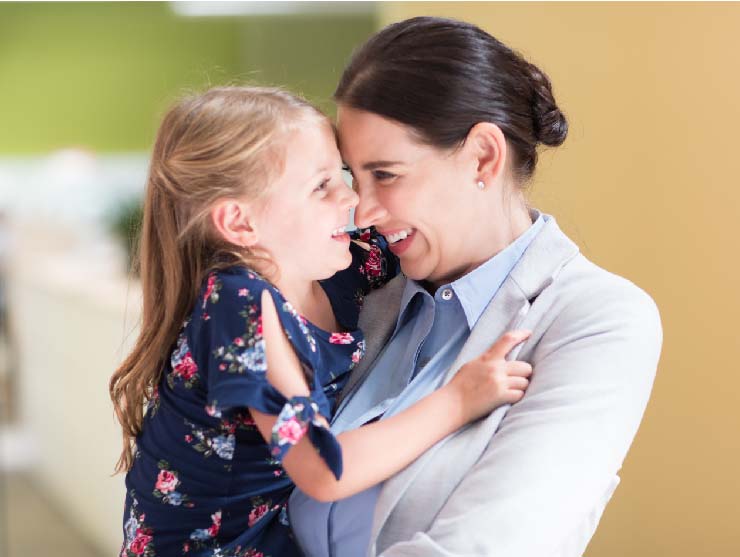We know more about how children learn and develop than ever before. This knowledge benefits both teachers and families in supporting children’s healthy growth. Below are a few ideas from early childhood theorists and practitioners that may be helpful in your own parenting.
1. Child Development Milestones Follow a Predictable Sequence
Child development milestones usually follow a sequence from head to toe, as well as from the center of the body outward. Children hold up their heads before they hold up their chests. They sit up before they crawl, stand, and later walk. Children develop strength and control in their arms before their hands and fingers.
2. Development is Unique to Each Child
Child development follows the basic norms described above, but each child’s development is unique. Children sometimes have “spurts” of development. One child may focus mostly on physical development for a few weeks and not advance much in language skills at the same time, and vice versa. Conversely, one child may advance in language, but not so much physically.
3. Children Need Secure Relationships
All children grow and develop within the context of secure, trusting and nurturing relationships. These relationships are essential for health social-emotional development. By spending time building relationships with children, parents and caregivers are able to provide children with a sense of safety and security while also setting the stage for children to act independently and pursue their own interests.
4. Environment Matters
Drawing on theorists such as John Dewey and Jean Piaget, we know the physical environment where a child spends their day can positively impact learning, behavior, and development. In Bright Horizons centers, we emphasize:
- Soft colors and items that induce rest, relaxation, and minimize stimulation
- Child-seized spaces just for children
- Periodic changes to and rotation of available play materials
- Minimal clutter, remembering that children deserve a space of beauty
- Real materials like small pitchers, cups, or a dustpan and brush that allow children to fully participate and be as independent as possible, drawing from Maria Montessori’s ideas about children working with real objects.
5. Children Learn through Play
One of the best ways children learn is through play. When children play, they are strengthening skills in all areas including physical, cognitive, language and social-emotional development. Play affords children the opportunity to interact with peers, take turns, problem-solve, create, collaborate, cooperate, communicate and investigate.
6. Children Lean through Scaffolding
According to Lev Vygotsky’s ideas on scaffolding, and further explored in Jim Greenman’s “Thoughts on Early Childhood”, children construct their own knowledge, but adults, and the social environment, serve as the scaffold or the support that encourages construction of knowledge. The adult’s job is to offer challenges that are at, or slightly above, their current level while scaffolding as the child attempts something new—by giving a hint, modeling the skill, adapting the materials, or asking open-ended questions.
7. Children Can Solve Their Own Problems
According to infant and toddler specialist Magda Gerber, parents and caregivers should allow children to independently problem solve whenever possible. So, for example, if a baby could get himself into a spot (such as under a chair), he could also get himself out. The parent, watching close by, can say to the baby, “I see you are stuck. Keep trying to get your body out. I’ll be right here close by while you figure this out. I know you can do it.”
8. Children Need Choices
Whenever possible, offer choices to a child, but make sure that either choice is acceptable and can be followed through on. For example, when getting dressed in the morning, ask “Do you want to wear your yellow shirt or your blue shirt this morning?” Or ask, “Do you want to walk to the park or ride in your stroller?” Allowing your child to make choices and following through on your child’s choice is a respectful way to interact but be sure to avoid clothing battles with your child. This approach empowers your child and helps them feel confident in their decision-making.





